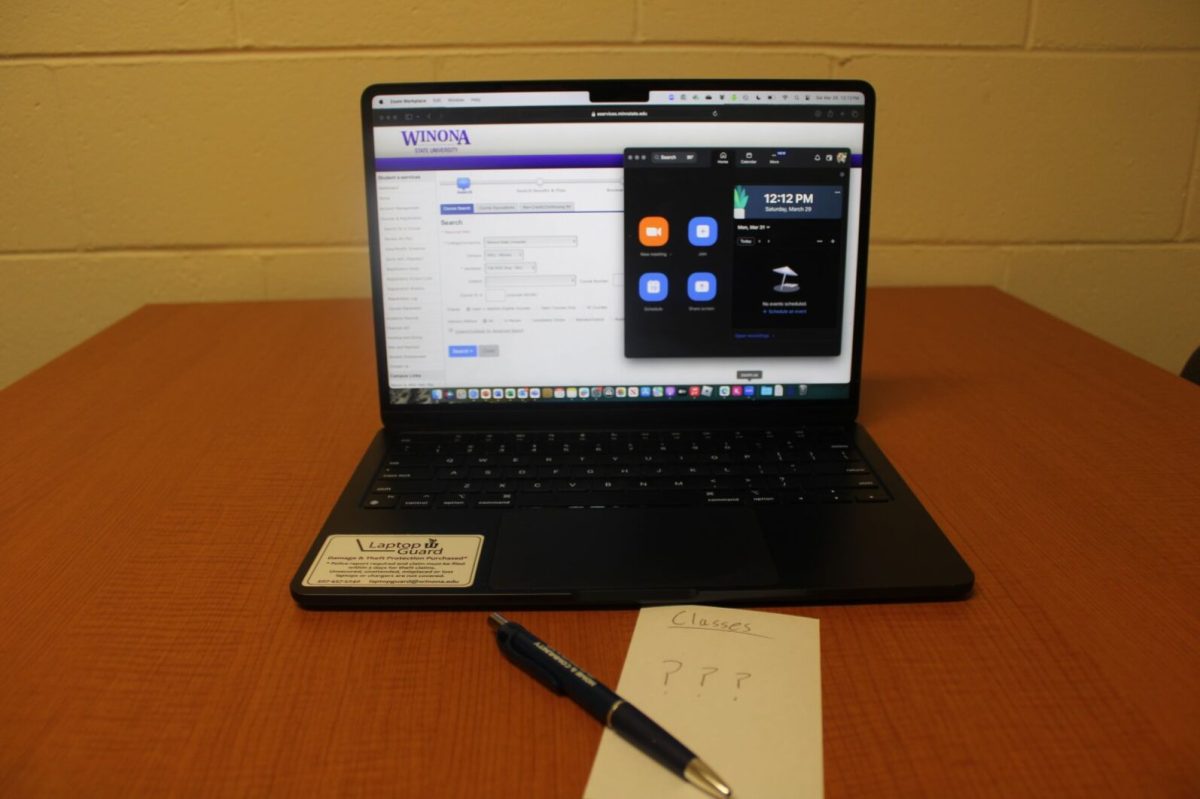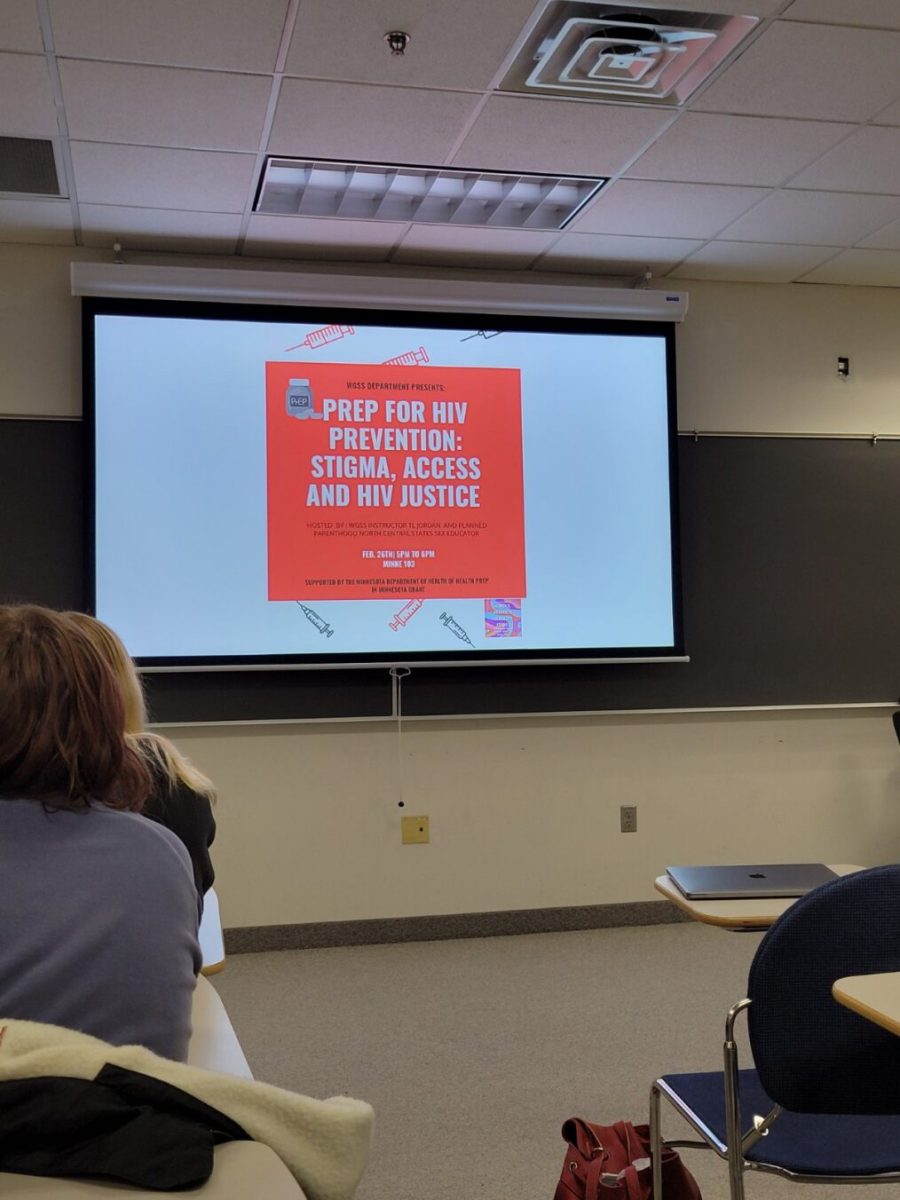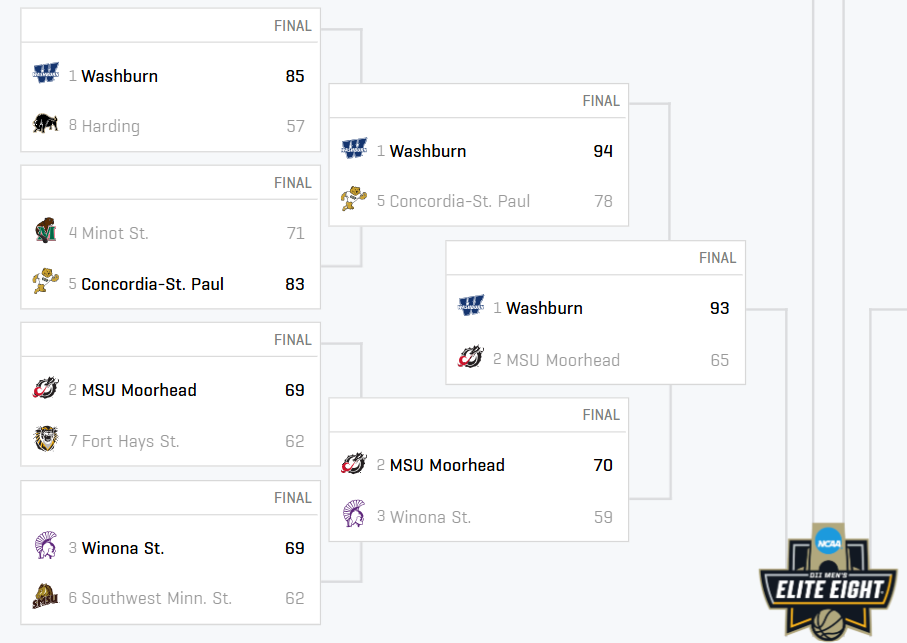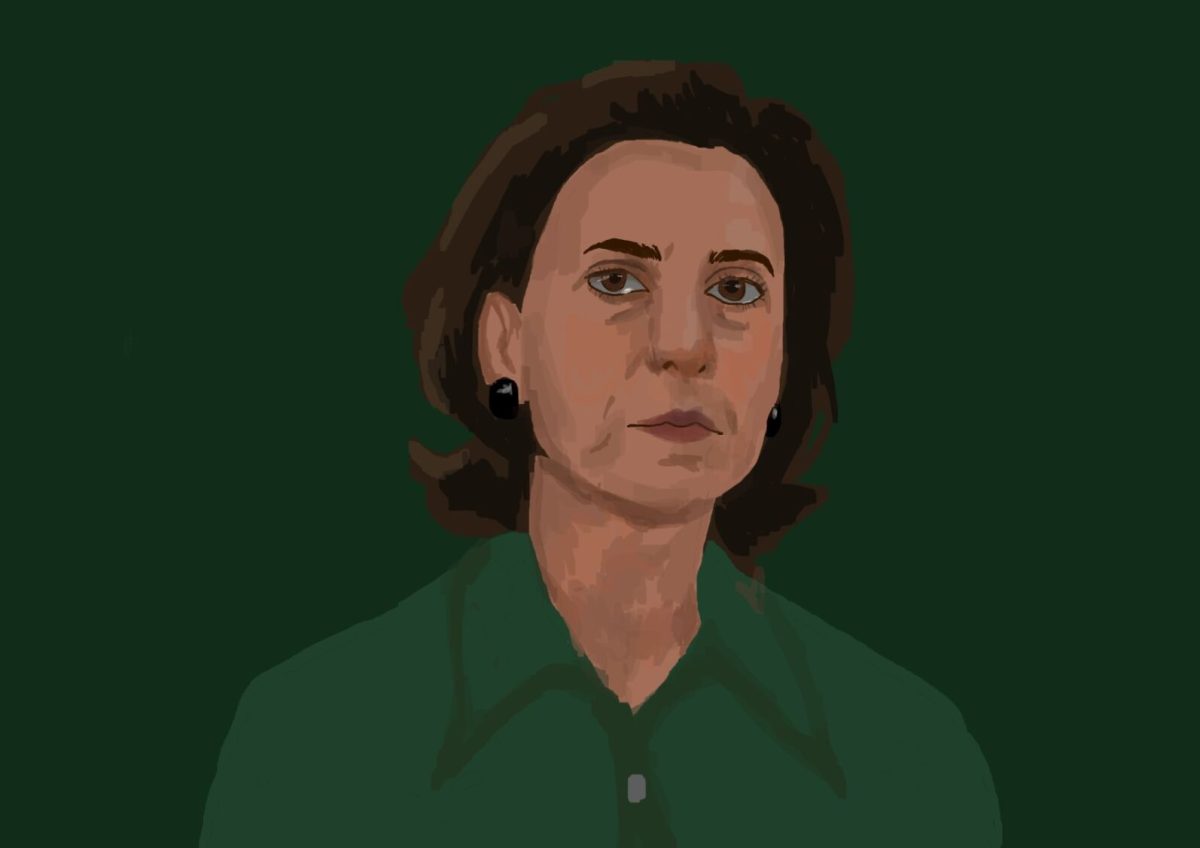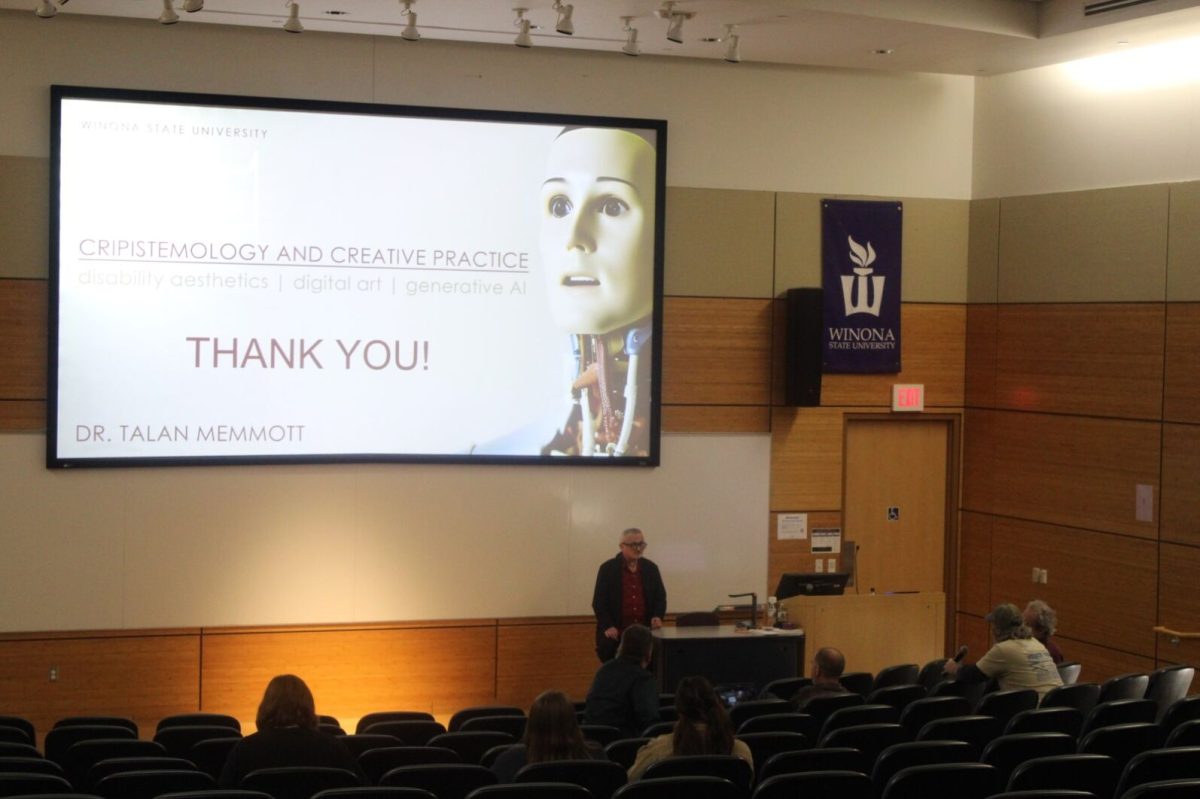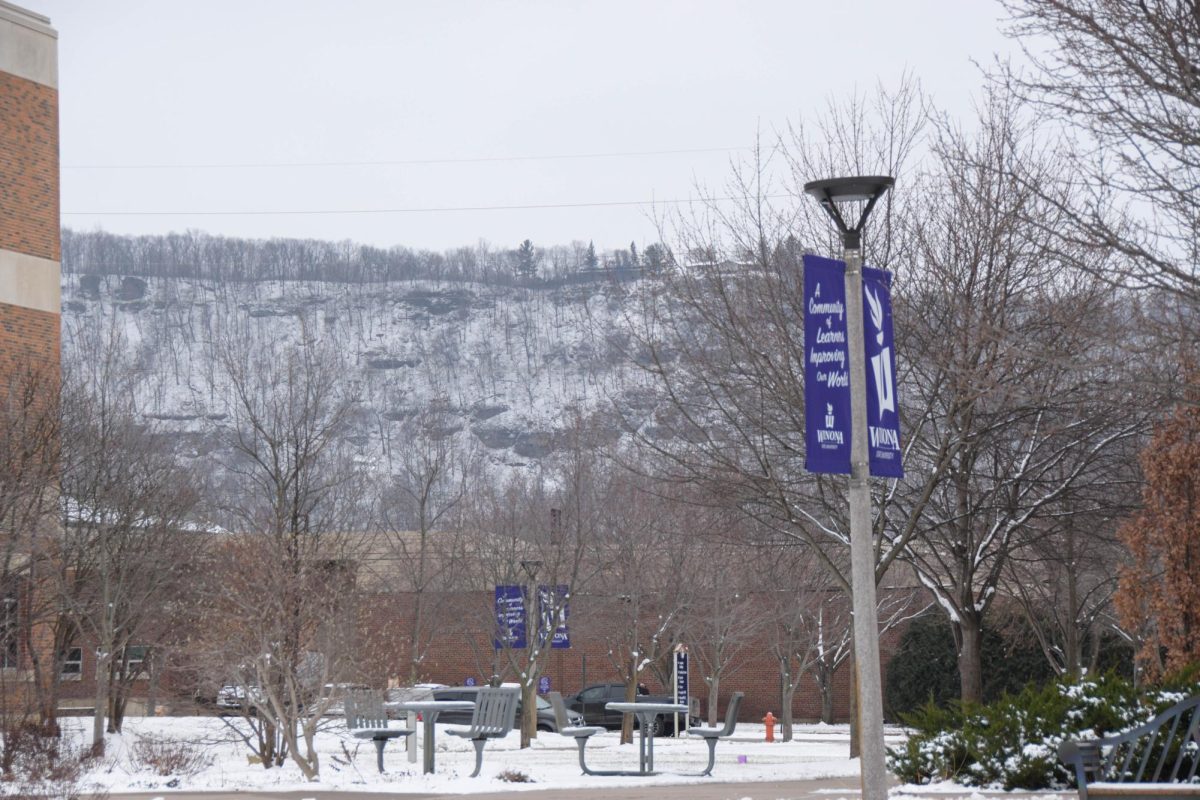In many places around the United States, people open their curtains in December and expect to see snow glittering back at them. This is especially true in Minnesota where the likelihood of a white Christmas is higher than in most places. However, this year on Christmas morning many people in Minnesota opened their curtains to find a barely icy rain instead of snow.
Many residents of Minnesota saw this lack of snow as an extreme abnormality for the state. The Minnesota Department of Natural Resources (DNR) has also found this heatwave in December to be extremely concerning.
“The month had been running rather warm through the 21st, with roughly normal precipitation, but a unique holiday heat wave arrived with a rare December soaking (producing rain almost exclusively) and propelled the month to the top of both the temperature and precipitation charts.” The DNR said in an article on this historically warm and wet winter.
This past December was warm, and rain filled for several reasons. Yet, the two most prevalent are climate change, and a weather occurrence called El Niño and La Niña which are naturally occurring weather events caused by jet streams of air from the Pacific Ocean. During El Niño winters, Minnesota is warmer than average. During La Niña, the winters in Minnesota are colder than average. While these weather events are naturally occurring, climate change is the leading cause of our recent weather occurrences.
Taylor Dietz is a third-year biology and environmental science major. Dietz is also a member of the environmental club.
“What we have talked a lot about in my classes are El Niño and La Niña. They happen pretty naturally but they usually occur about every 2-7 years, but what we are seeing this winter is that it is (El Niño) is more intense and were having them (El Niño and La Niña) occur more often than what they are usually supposed to be.” Dietz said. “It all has to do with the jet streams and that’s what’s causing the extreme weather that occurs out from the warming of the Pacific Ocean.”
CO2 emissions are one of the largest reasons for climate change and consequently these emissions are also one of the things that were further exacerbating the historically warm December weather. However, with the snow that Minnesota is receiving within these first few weeks of January, it is easy to think that the warm weather a month ago was just a fluke. CO2 emissions may be the cause of the heavy snow fall as well.
Eli Hovorka is a current pre-nursing student and is also a part of the environmental club.
“The reason CO2 emissions are causing a bigger problem is because as it warms the air, and it is still below freezing, it can keep the humidity higher which means that it can hold more water before it snows. Meaning that when it snows it is going to be way worse.” Hovorka said.
With the snow that is falling around Minnesota in these first few weeks of January it is easy for many people to not remember the implications that a warm December holds. Now that the temperatures in Minnesota are falling again, many people will find it hard to believe that the extreme fluctuating temperatures are a part of climate change; especially when climate change is referred to as global warming.
“It is a big misconception that a lot of people have, especially down south they are like, ‘well it is cold, how is this global warming?’ but that [the cold] doesn’t necessarily mean that the average Earth temperature isn’t rising, because it is.” Dietz said.
Overall, this warm December was a result of many things, both natural and a result of people’s impact on the climate. As a result of this aggravation of natural events with CO2 emissions, this will not be the last El Niño that is more extreme and leads to a much less than white Christmas.

